
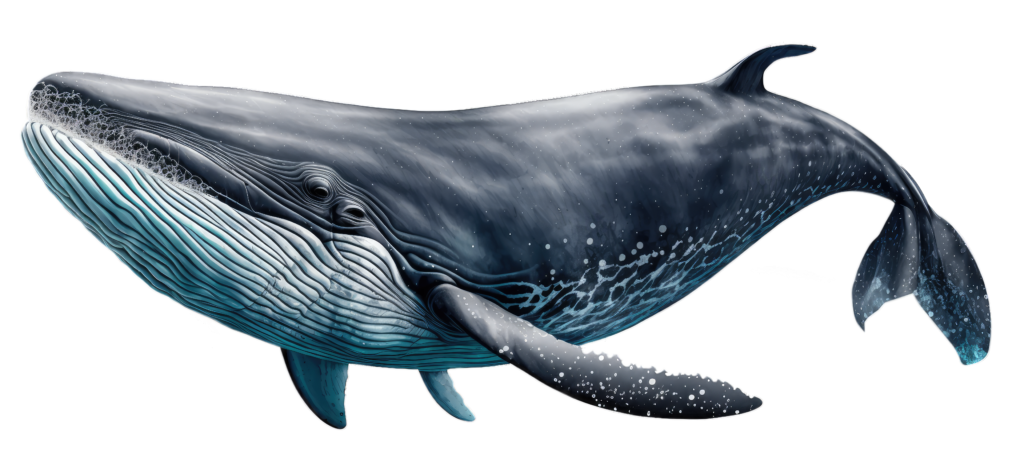
Imagine the life of the blue whale, the largest mammal on Earth, measuring between 70 and 85 feet in length and weighing between 90 and 150 tons.
What poses the greatest threat to it? The answer is the Orca, also known as killer whales. The Orcas prey on blue whales, though their only predators are humans.
Now, consider the Orcas, often held captive in environments reminiscent of bathtubs at facilities like SeaWorld, whereas in their natural habitat, they traverse up to 150 miles daily and can live for 17 years. Yet, even in the wild, they face existential threats from climate change, forcing them to migrate northward, a challenge that also impacts humanity.
The most significant danger to all life on Earth lies not in supposed extraterrestrial beings, such as little gray aliens or insectoid species, but within the human race itself, which has evolved to outpace all other species in terms of predatory behavior, leaving a legacy of destruction.
As Pogo famously remarked, “We have met the enemy, and he is us.” Thus, one might ponder the connections between blue whales, Orcas, extraterrestrials, and the concept of mindlessness.
IS MINDLESSNESS ACCEPTABLE IN THE MEDICAL INDUSTRY?
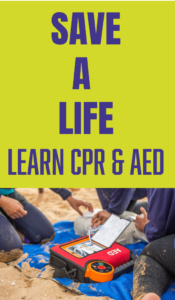
We utilize language to articulate the complexities of individuals, environments, and concepts, and it is imprudent to presume that newly encountered individuals lack depth merely due to our unfamiliarity with them.
Our engagement with philosophical inquiry significantly shapes our understanding of assumptions. While it is inevitable that we make assumptions, we frequently accept the knowledge we attribute to others without critical examination.
Empiricism, the philosophical doctrine asserting that all knowledge is derived from sensory experience, gained traction in the 17th and 18th centuries, notably articulated by philosophers such as John Locke, George Berkeley, and David Hume, whose contributions I examined during my undergraduate studies.
In critical situations, such as a medical emergency, we inherently trust paramedics and emergency medical technicians. We are confident in their training in CPR and the utilization of an automatic external defibrillator, both of which are integral to their certification requirements.
Certain skills necessitate formal instruction and cannot be acquired through reasoning alone. Knowledge is an essential asset, and not all understanding emerges solely from cognitive processes; rather, it is often embedded within consciousness. It is a misrepresentation to assert that some individuals can master skills without requisite training.
The human mind, characterized by its intricate gray matter and neural connections, is inherently limited.
The term mindless in this context refers to a lack of awareness or understanding rather than a deficiency in intelligence.
Medical instruments play a crucial role in aiding healthcare professionals in assessing the human body for potential medical conditions. While there exists a multitude of healing methodologies, a mindful approach mandates that practitioners leverage all available resources. Medical professionals, including physicians, nurses, and allied health staff, are bound by the Hippocratic oath, which we can reasonably assume they have all upheld.
It would be thoughtless for any individual seeking a medical license to neglect the mastery of these essential life-saving competencies. Additionally, to presume that one would never need training in CPR or AED due to deficiencies in other educational realms is equally fallacious.
When we address the concept of mindlessness in relation to CPR and AED proficiency, we highlight the potential myopia of a certified professional who assumes their training encompasses every conceivable scenario.
Furthermore, it is imperative that an AED device accompany both paramedics and emergency medical technicians during transport. Compliance with federal and state legislation mandates CPR and AED training and certification, underscoring the fundamental importance of these competencies in both healthcare and emergency response. Numerous local governing bodies also require this training for health professionals, law enforcement, and firefighting personnel, further reinforcing its essential significance.
WHAT ARE THE WARNING SIGNS OF A BAD STORM?
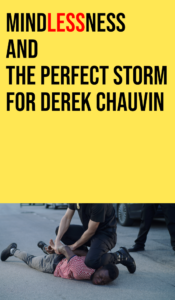
As we delve deeper into the notion of mindlessness, it becomes evident that it is rooted in a pre-existing framework.
In this void of awareness and insight, mindlessness resembles a shadow cast in an unexamined realm.
Consider the following scenario: a man in his thirties strolls down the street, suddenly aware of the gusty wind rustling through scattered papers and the impending possibility of rain or storm, suggesting he needs a strategy to navigate the imminent weather shift. We can infer that he is ill-equipped for this seasonal change, lacking an umbrella or raincoat, highlighting the necessity for him to recognize the shifts in his environment and exercise prudence in emergency preparedness.
This raises the question of significance: how is he embodying mindlessness, and more critically, what steps can be taken to transition from mindlessness to mindfulness?
To illustrate this shift, let’s pivot from meteorological concerns to a more cautionary narrative, only to revisit the weather analogy later.
Consider two police officers assigned to a historically troubled urban area rife with petty theft, burglary, and the prevalence of counterfeit currency, a situation ripe for reflection.
Recall the tragic event on May 25, 2020, when George Floyd fell victim to dual crimes, initially as an unwitting user of a counterfeit bill. He then became a second victim of brutality when Officer Derek Chauvin used excessive force, leading to either a severing of his airway or outright suffocation, resulting in a fatal outcome.
The systemic failures of the municipal police force, which had allowed Chauvin’s problematic conduct to persist for nearly two decades, underscore profound negligence among his colleagues who should have recognized the danger in his attitudes and actions towards community residents.
They should have anticipated the lethal potential of his behavior, which was marked by a pattern of racially charged remarks and prejudicial discourse. The warning signs were as palpable as an approaching storm, and any officer who shared proximity to Chauvin should have understood that his persistent pattern of conversations—marked by aggression—would inexorably lead to violence. To neglect this reality is to embody a state of mindlessness, or perhaps better articulated as thoughtlessness, where one fails to acknowledge the trajectory of criminal behavior, which in itself constitutes a form of consciousness.
The mindset of the criminal operates continuously, and a police department enabling unwarranted acts of aggression reveals a collective state of ignorance, epitomizing the essence of mindlessness in law enforcement.
Yet, a pathway to redemption exists, a means to transcend this state.
What do all of the individuals in the picture below have in common?
There are 8.1 billion inhabitants on planet Earth, and in America, there are about 330 million souls.
The First Amendment of the United States Constitution protects the following freedoms:
- Freedom of religion: Congress cannot pass laws that establish a religion or prohibit the free practice of religion.
- Freedom of speech: People are generally protected from criminal or civil liability for what they say or write, as long as it is truthful or based on an honest opinion.
- Freedom of the press: The press is protected in order to promote and protect free speech.
- Freedom of assembly: People have the right to peacefully assemble.
- Freedom to petition: People have the right to petition the government to address grievances.
The First Amendment protects these freedoms regardless of citizenship or age. James Madison was the primary author of the First Amendment and a leading advocate for freedom of speech, religion, and the press during the Founding Era.

WHY DO SOME PEOPLE BELIEVE WHAT THEY BELIEVE?
IS PATRICK MAHOMES REALLY BLACK?

In America, we are constantly inundated with commercials, advertisements, and social media promotions, making it nearly impossible to escape the onslaught of messages urging us to change or enhance our lives.
The overarching aim is to lead individuals toward a more mindful existence, where clarity and peace can be found amid the chaos.
This journey toward mindfulness is simple and instills hope for change.
Consider the hot topic surrounding ethnicity, race, and nationality, often approached with a mindset that seeks to correct perceived oversights.
For instance, during Super Bowl LVII on February 12, 2023, when the Philadelphia Eagles faced off against the Kansas City Chiefs at State Farm Stadium in Glendale, Arizona, the focus was predominantly on the quarterbacks, Jalen Hurts and Patrick Mahomes.
As sports media covered this event extensively, they noted that for the first time in Super Bowl history, two Black quarterbacks would start.
However, it is essential to recognize the complexities of identity; Jalen Hurts has African ancestry, while Patrick Mahomes, whose mother, Randi Martin, is of British Scottish descent, represents a multi-ethnic background. Therefore, Mahomes cannot be classified strictly as Black or as an American of African ancestry, which may come as a surprise to some.
He is bi-racial, and while he is often described as mixed race, it is more accurate to refer to him as American of Mixed-Race Ancestry.
When news anchors and commentators, regardless of their backgrounds, echo phrases scripted by producers, they perpetuate a cycle of mindlessness that contributes to disinformation. A lot of news anchors repeatedly made the same mistake, and a lot of them are also bi-racial. How can one not know their own racial identity is mindless?
As the narrative around the two quarterbacks continues to dominate discussions, it underscores the need for accuracy and mindfulness in our language.
Why is this distinction important? It matters because failing to acknowledge Mahomes’s diverse heritage neglects the “whiteness” in his lineage, which includes both African and British Scottish roots.
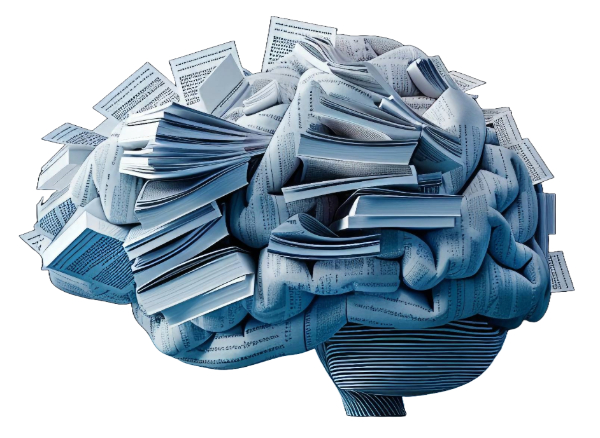
WARNING: THE OPINIONS + ESSAYS + ARTICLES + REPORTS ON THIS SITE MAY NOT BE SUITABLE FOR ALL AUDIENCES. DISCRETION IS ADVISED.
OPINIONS + ESSAYS + ARTICLES + REPORTS
A collection of essays will be created to explore themes related to our mindlessness project. The term mindlessness literally refers to a mental state in which an individual is unaware of their actions or fails to engage in thoughtful consideration. It can also imply a deficiency in intelligence or intellect.
Additionally, a mindless person may simply lack awareness, which does not equate to an inability to learn but rather suggests a temporary disconnect from critical thinking.
Op-ed essays are usually considered quick reads, 500 words up to 1,200 words.
Journalism encompasses four main categories: news journalism, investigative journalism, feature journalism, and opinion/analysis. Each explores various niches, styles, and techniques across topics ranging from politics and crime to sports and entertainment.
Our writing aims to convey a distinct message while supporting or defending the subject matter without leaving room for ambiguity.
While our opinion pieces may incorporate factual evidence akin to informative essays, we will also weave in imaginative concepts that do not necessarily align with any specific viewpoint.
For instance, in discussing aliens, we will share insights drawn from our own experiences or explore purely fictional narratives. Acknowledging the limits of our knowledge, we recognize that others share this uncertainty regarding such subjects, even as we draw upon our empirical understanding.
THE LIMITATIONS OF HUMANITY
SENSE AND NON-SENSE
Dr. Raymond Moody, MD, PhD, who coined the term near-death experience, emphasizes the importance of understanding metaphors in communication.
In his insightful book Making Sense of Nonsense, he guides readers in exploring messaging filled with nonsensical language, prompting us to seek classical logic amidst the confusion spawned by the overwhelming presence of social media, which often fosters disinformation.
By incorporating semiotics and linguistics into our daily interactions, we can cultivate a more mindful communication style that dismantles the clutter of meaningless phrases and expressions.
Moody illustrates this point by recalling the Watergate crisis, where John Dean’s metaphor about a cancer growing on the presidency resonated deeply with people. However, without the necessary context, it may seem nonsensical.
Our language suffers from meaningless jargon and social media abbreviations, which, paired with declining language skills, has led to ineffective communication and a pressing need for change.
While this environment may present challenges, it also promises to develop a more effective and meaningful way to engage with one another. In this landscape, we must be mindful that our words can become devoid of substance. The challenge lies in reclaiming the art of reading and writing amid the rapid rise of social media storytelling and podcasts while navigating the complexities of modern communication.
FREE NEWSLETTERS
Our newsletter is an indispensable communication tool, providing essential updates and insights tailored to beyondmindlessness.com customers, employees, and subscribers.
It is available online and distributed bi-weekly. Subscribers enjoy access to a wealth of information focused on mindlessness, and the pathway towards mindfulness and sensitivity,delivered as concise essays that read like periodicals or opinion pieces,
Each edition showcases excerpts from our monthly essays crafted to engage readers and present a clear, factual overview of the topics at hand. Journalism encompasses four primary categories: news journalism, investigative journalism, feature journalism, and opinion analysis, each delving into diverse niches and employing various styles and techniques across multiple subjects, from politics and crime to sports and entertainment. A journal comprises numerous articles on different topics, while a research paper presents focused information on a specific subject. An essay typically responds to a question or proposition with articles that inform readers about concepts.
In contrast, journals document the evolution of ideas as they emerge in the writer’s mind. From time to time, we will include research reports and narratives akin to journal entries. Our writing strives to communicate a clear message while supporting or defending our subject matter without ambiguity. While our opinion pieces may integrate factual evidence similar to informative essays, we also incorporate imaginative concepts that may not align with any particular viewpoint. For example, when discussing aliens, we will offer insights based on our experiences or delve into fictional narratives. We acknowledge the limits of our understanding and recognize that many share this uncertainty, even as we draw from our empirical knowledge.
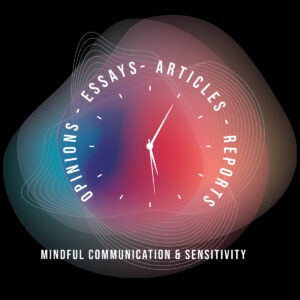
SNEAK PEAK OF OUR OPINIONS, ESSAYS, ARTICLES AND REPORTS.
GENERAL ELECTION DAY IN THE U.S.
Day(s)
:
Hour(s)
:
Minute(s)
:
Second(s)
REGISTER FOR OUR FREE NEWSLETTER
ORCA